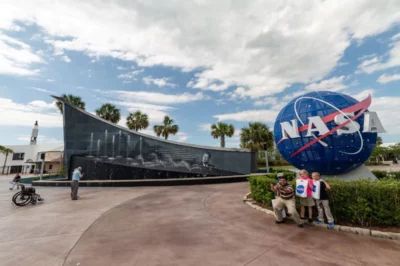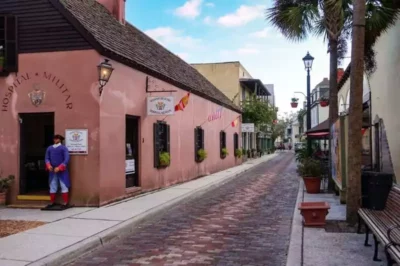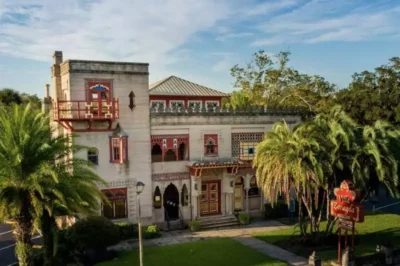Tampa Bay Automobile Museum: Driving Through Time
Tampa Bay Automobile Museum, a charming haven for car enthusiasts and history lovers alike, nestled in the heart of Pinellas Park, Florida.
Since its establishment in 2005, this privately-owned treasure trove has been home to an exceptional assortment of vintage and historically significant automobiles from across the globe.
The museum takes pride in featuring vehicles that exemplify the pinnacle of innovative engineering and technological advancements, making it a truly delightful destination for visitors to explore and appreciate.
Tampa Bay Automobile Museum History
The Tampa Bay Automobile Museum owes its inception to the passion and vision of its founder, Alain Cerf.
As a French entrepreneur and avid car enthusiast, he sought to create a one-of-a-kind space to celebrate his love for automobiles and engineering.
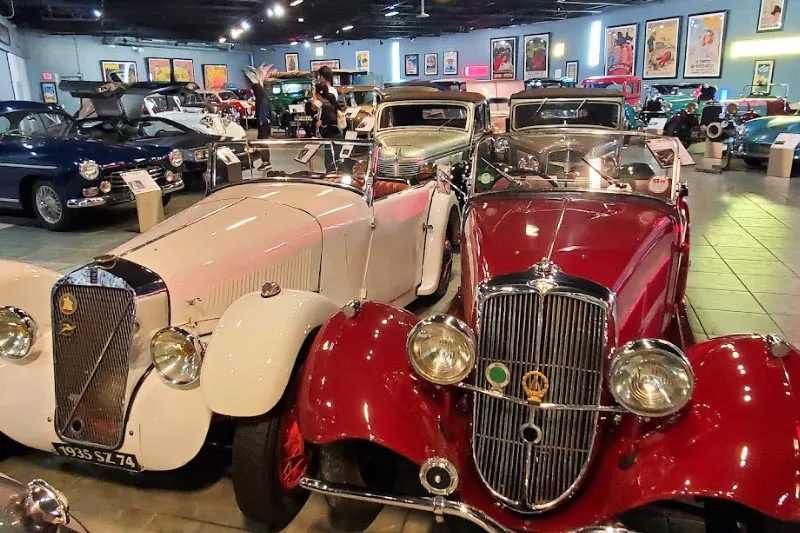
Alain’s dedication has culminated in a remarkable collection of vintage and historically significant vehicles, which now serve as the foundation and soul of this extraordinary museum.
Collections in the Museum
The Tampa Bay Automobile Museum houses an eclectic collection of over 50 vintage and historically significant vehicles from around the world, spanning various eras and styles.
The museum’s focus on innovative engineering and technological advancements ensures a diverse and fascinating lineup of automobiles.
- Early Automobiles: The museum features several pioneering vehicles that marked the beginning of the automotive age, such as the 1899 Léon Bollée Voiturette and the 1901 Panhard et Levassor Model B.
- European Innovations: The collection showcases groundbreaking European designs that have had a lasting impact on the automotive industry, including the 1928 Tracta A with its pioneering front-wheel-drive system, the 1935 Avions Voisin C25 Aerodyne with its Art Deco styling and innovative engine design, and the 1937 Adler Trumpf Rennlimousine, a trailblazer in aerodynamics.
- American Classics: The museum also pays tribute to American ingenuity with iconic models like the 1936 Stout Scarab, often considered the first minivan, the 1938 Bantam Roadster, which laid the groundwork for the Jeep, and the 1964 Amphicar Model 770, a unique amphibious vehicle.
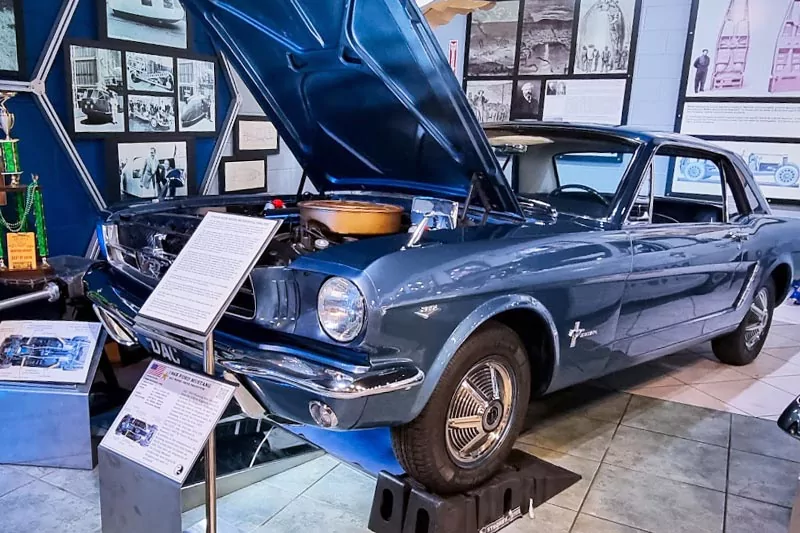
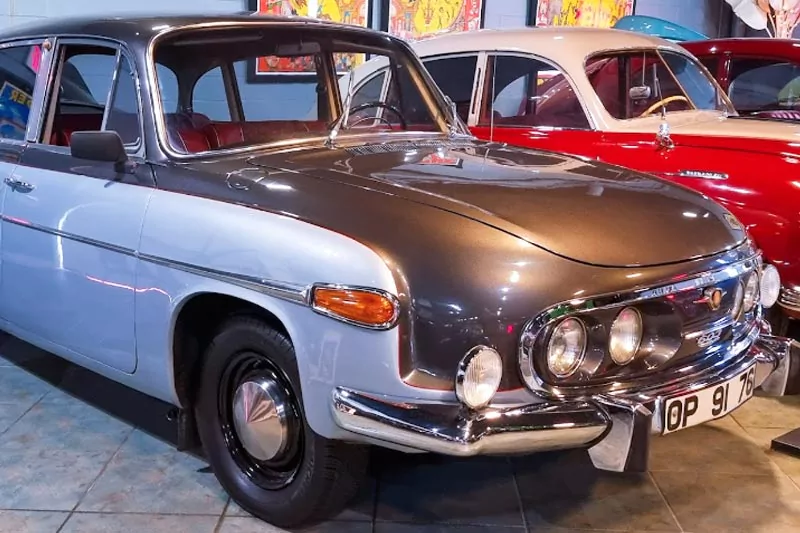
- Microcars and City Cars: The collection highlights the importance of small, efficient urban vehicles such as the 1955 Messerschmitt KR200 Kabinenroller, the 1957 BMW Isetta 300, and the 1962 Peel P50, the world’s smallest production car.
- Rear-Engined Cars: The museum exhibits several influential rear-engined vehicles like the 1935 Tatra T77, a pioneer in aerodynamics, and the 1965 NSU Wankel Spider, the first production car with a rotary engine.
- Race Cars and Performance Vehicles: For those who crave speed and performance, the museum features cars like the 1967 Ford GT40 Mk IV, a legendary Le Mans winner, and the 1972 Citroën SM, known for its combination of luxury and performance.
- Unique and Rare Models: The collection also boasts several one-of-a-kind and limited-production vehicles, such as the 1948 TASCO Prototype, an American sports car with a futuristic design, and the 1950 Martin Stationette, an early attempt at a compact minivan.
These are just a few of the vehicles on display at the museum. During your visit, you can explore the entire collection and learn about the innovations and stories behind these extraordinary automobiles.
Featured Early Automobiles
At the Tampa Bay Automobile Museum, several notable early automobiles hold historical significance and showcase the ingenuity and technological advancements of their time. Here are a few of these pioneering vehicles and their contributions to the automotive industry:
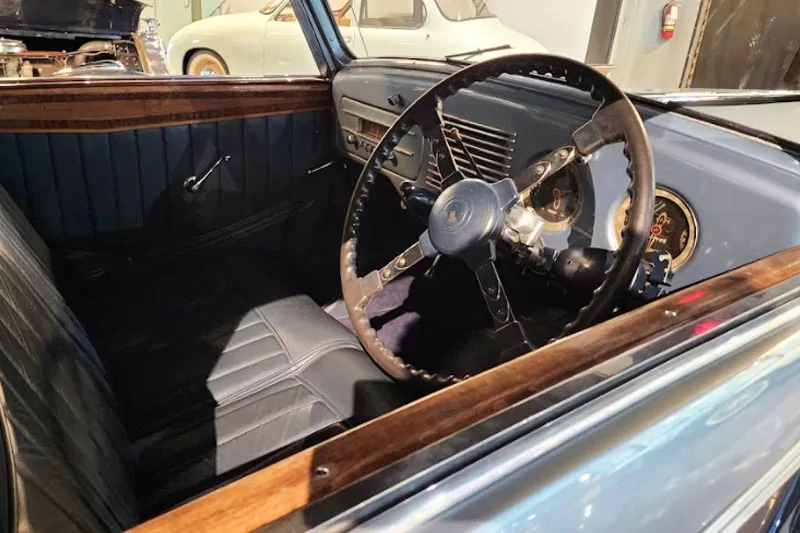
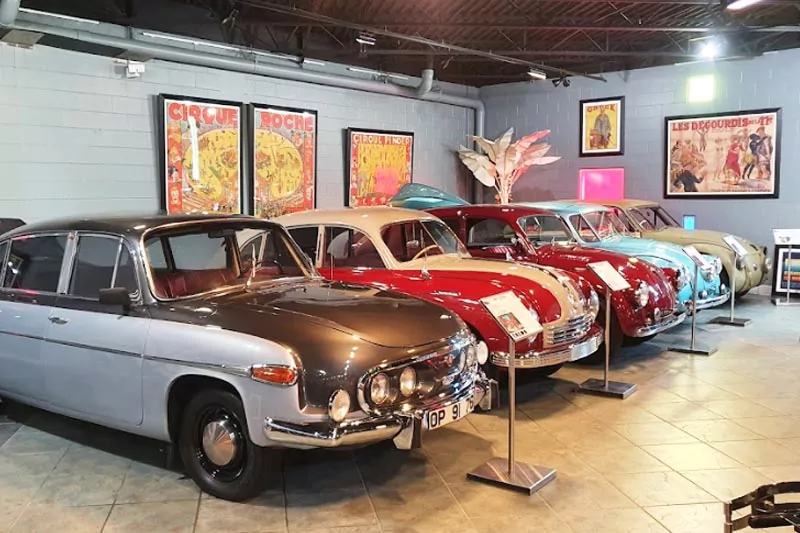
1899 Léon Bollée Voiturette: One of the earliest automobiles in the collection, the Léon Bollée Voiturette highlights the transition from horse-drawn carriages to motorized vehicles. This French car features a single-cylinder engine and a chain drive, demonstrating the simplicity and innovation of early automotive engineering.
1901 Panhard et Levassor Model B: The Panhard et Levassor Model B is an important early vehicle that helped shape the future of automotive design. It introduced the now-standard Systeme Panhard, which consisted of a front-mounted engine, rear-wheel drive, and a clutch-pedal-gearshift arrangement. This layout became the blueprint for most cars produced in the following decades.
1908 Baker Electric Runabout: As an early electric vehicle, the Baker Electric Runabout represents a crucial stage in the development of alternative power sources for automobiles. With a top speed of 14 mph and a range of about 50 miles on a single charge, this vehicle illustrates the potential and limitations of electric power in the early 20th century.
1911 Hispano-Suiza Alfonso XIII: Named after the King of Spain, who was a patron and customer of the brand, the Hispano-Suiza Alfonso XIII is considered one of the first sports cars. Its lightweight design, powerful engine, and elegant styling made it popular among wealthy enthusiasts, setting a precedent for future high-performance automobiles.
1913 Ford Model T: The Ford Model T is one of the most significant early automobiles due to its affordability and mass production. It revolutionized the automotive industry by making car ownership accessible to the average person. The Model T’s innovative manufacturing process, using assembly line techniques, laid the foundation for modern automobile production.
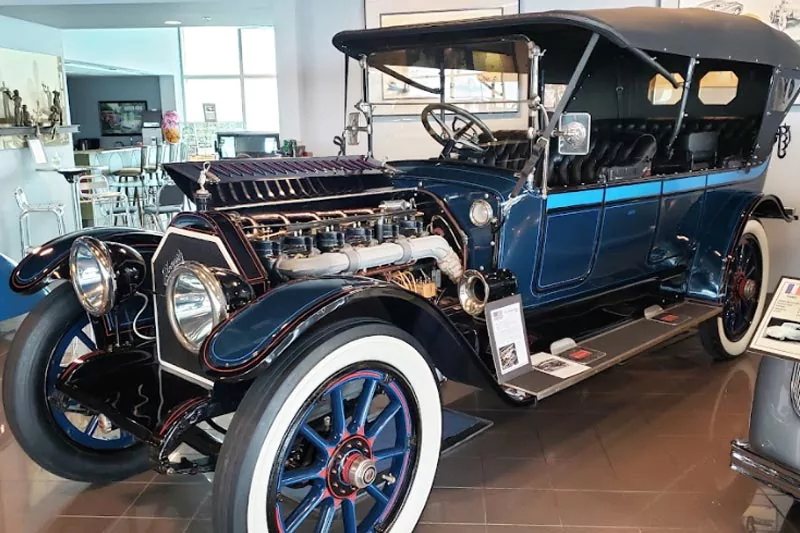
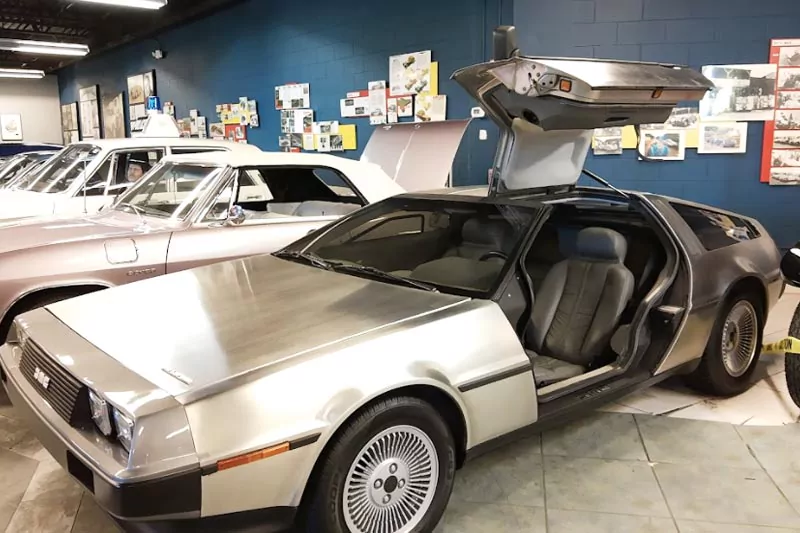
These early automobiles not only demonstrate the rapid evolution of automotive technology in the early 20th century but also highlight the visionary thinking and engineering prowess of their creators.
Must See Automobiles
The Tampa Bay Automobile Museum is home to several rare and unique vehicles, each with a fascinating story and history that adds to the richness of the collection.
1936 Stout Scarab: Often considered the first minivan, the Stout Scarab was designed by American aviation engineer William Bushnell Stout.
With its streamlined, aerodynamic shape and innovative interior layout, the Scarab was a futuristic concept for its time. However, due to its high price and limited production, only nine were ever built, making it a rare and valuable piece of automotive history.
1948 TASCO Prototype: The TASCO (The American Sports Car Company) Prototype was a post-WWII concept car designed by Gordon Buehrig, an influential automotive designer.
With its aircraft-inspired design, including a canopy roof and enclosed front wheels, the TASCO was envisioned as the future of American sports cars. Unfortunately, the project never went into production, making the prototype a one-of-a-kind treasure.
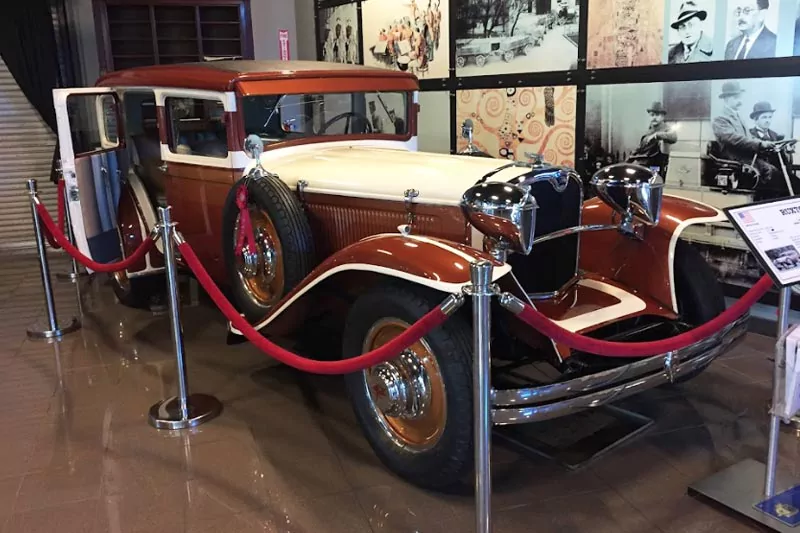
1950 Martin Stationette: Designed by James V. Martin, an inventor and engineer, the Martin Stationette was an early attempt at creating a compact minivan. Its forward-thinking design, including a fiberglass body and front-wheel drive, was groundbreaking for the time.
However, only three were built, and the car never went into mass production, making it an incredibly rare find.
1962 Peel P50: The Peel P50 is the world’s smallest production car, measuring just 54 inches in length and 41 inches in width. Designed by Cyril Cannell on the Isle of Man, the P50 was intended as a city car for one person and a single bag.
With its quirky design and extremely limited production run, the Peel P50 has become a cult classic and a unique piece of automotive history.
1965 NSU Wankel Spider: The NSU Wankel Spider was the first production car to feature a rotary engine, developed by German engineer Felix Wankel.
Its innovative engine design offered smooth operation and high power output relative to its size. Although the Wankel engine gained popularity in the following years, the NSU Wankel Spider remains a rare and unique example of the early use of this technology.
These rare and unique vehicles not only showcase the creativity and ingenuity of their designers but also serve as snapshots of the various trends and ideas that have shaped automotive history.
How to Get to Tampa Bay Automobile Museum?
The Tampa Bay Automobile Museum is located in Pinellas Park, Florida, a city in the Tampa Bay area. Here are the directions to the museum:
Address: 3301 Gateway Centre Blvd, Pinellas Park, FL 33782, USA
Driving Directions: If you’re coming from Tampa, take I-275 S towards St. Petersburg.
Take Exit 31 for FL-688 W/Ulmerton Rd. Keep left at the fork and merge onto FL-688 W/Ulmerton Rd. Turn right onto 34th St N/US-19 N. Turn left onto Gateway Centre Blvd, and you will find the museum on your right.
If you’re using a GPS or navigation app, simply input the museum’s address to get accurate directions from your starting point. Additionally, you can visit the museum’s website to access further information on directions, hours of operation, and admission fees.
Conclusion
In summary, the Tampa Bay Automobile Museum is a delightful destination for car lovers and history aficionados alike.
Showcasing a remarkable collection of over 50 vintage and historically significant vehicles, the museum presents guests with a captivating exploration of automotive history and inventive engineering.
Conveniently situated in Pinellas Park, Florida, the museum warmly welcomes visitors from the Tampa Bay area and beyond to embark on this fascinating journey through the world of automobiles.
